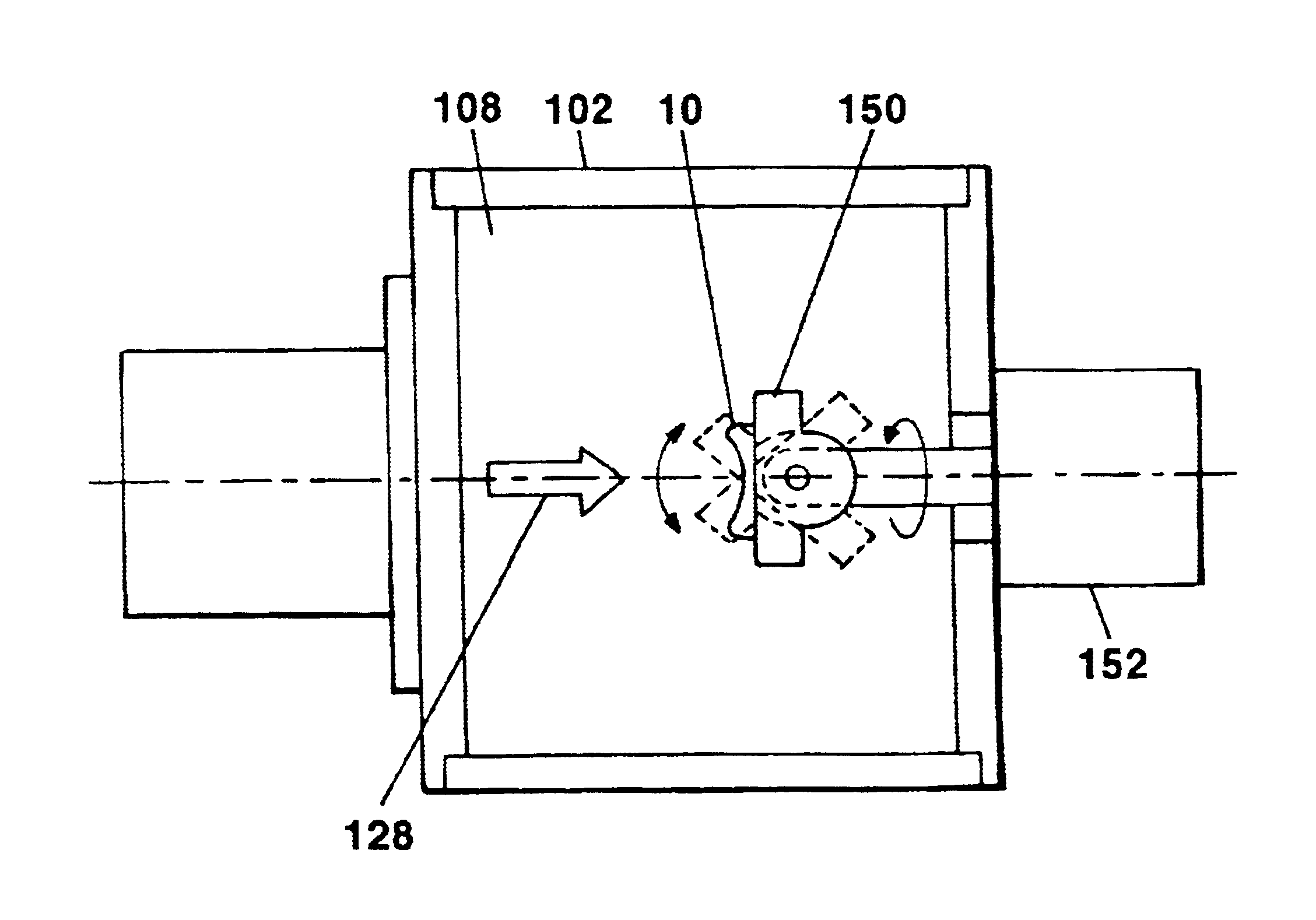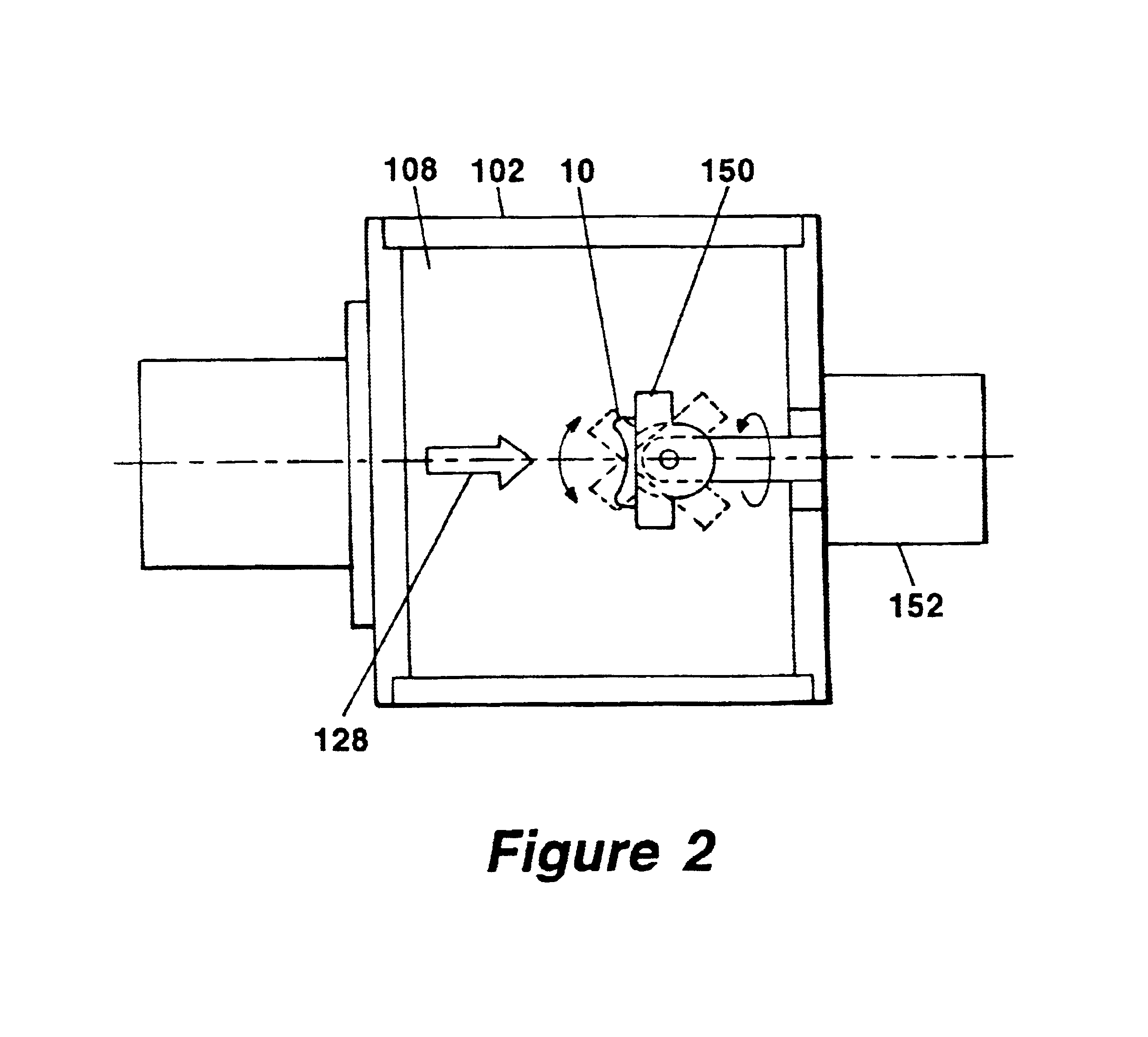Method and system for improving the effectiveness of artificial joints by the application of gas cluster ion beam technology
a technology of gas cluster ion beam and artificial joints, applied in the field of medical devices, can solve the problems of increasing wear in artificial joints, reducing the effectiveness of artificial joints, and difficult to achieve minimal friction with engineered artificial joints, so as to reduce the production of wear debris, reduce the effect of surgical use, and minimize the effect of wear
- Summary
- Abstract
- Description
- Claims
- Application Information
AI Technical Summary
Benefits of technology
Problems solved by technology
Method used
Image
Examples
Embodiment Construction
Beams of energetic ions, electrically charged atoms or molecules accelerated through high voltages under vacuum, are widely utilized to form semiconductor device junctions, to smooth surfaces by sputtering, and to enhance the properties of thin films. Gas cluster ions are formed from large numbers of weakly bound atoms or molecules sharing common electrical charges and accelerated together through high voltages to have high total energies. Cluster ions disintegrate upon impact and the total energy of the cluster is shared among the constituent atoms. Because of this energy sharing, the atoms are individually much less energetic than the case of conventional ions or ions not clustered together and, as a result, the atoms penetrate to much shorter depths. Surface sputtering effects are orders of magnitude stronger than corresponding effects produced by conventional ions, thereby making important microscale surface patterning effects possible that are not possible in any other way.
The ...
PUM
| Property | Measurement | Unit |
|---|---|---|
| Thickness | aaaaa | aaaaa |
| Diameter | aaaaa | aaaaa |
| Height | aaaaa | aaaaa |
Abstract
Description
Claims
Application Information
 Login to View More
Login to View More - R&D
- Intellectual Property
- Life Sciences
- Materials
- Tech Scout
- Unparalleled Data Quality
- Higher Quality Content
- 60% Fewer Hallucinations
Browse by: Latest US Patents, China's latest patents, Technical Efficacy Thesaurus, Application Domain, Technology Topic, Popular Technical Reports.
© 2025 PatSnap. All rights reserved.Legal|Privacy policy|Modern Slavery Act Transparency Statement|Sitemap|About US| Contact US: help@patsnap.com



